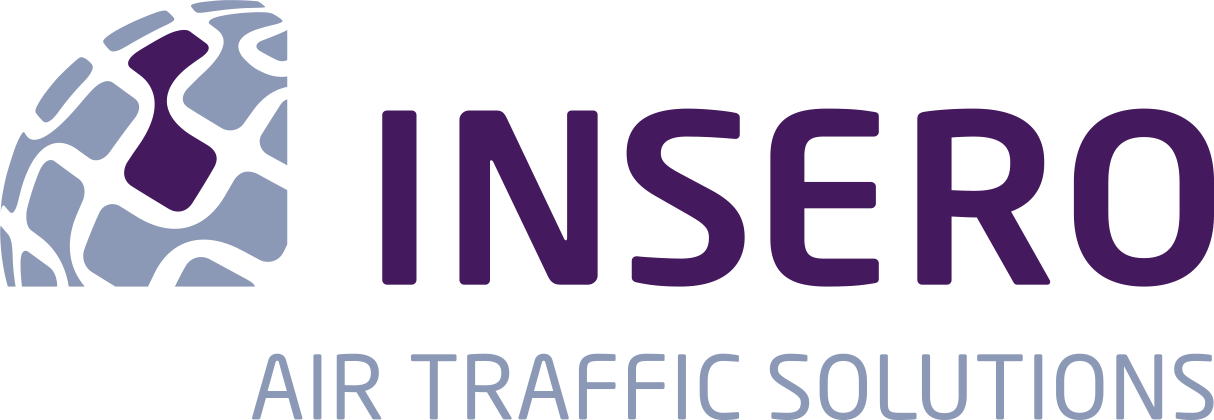Smooth transition from X.25 to FMTP in Finland
Insero Air Traffic Solutions has installed and implemented the FMTP GWY into Finavias operation – proving a smooth, cost-effective and gradual transition from X.25 to FMTP.
The implementation of the new FMTP GWY will ensure safe, effective and flexible integration of communication in the Finish airspace, in a world with rapidly changing technology.
The FMTP GWY will provide Finavia with a very fast and cost-efficient tool that ensures an easy and safe configuration system to connect OLDI partners with different interface configurations.
Previously, Insero Air Traffic Solutions has delivered the FMTP GWY to Naviair, which was implemented at Copenhagen Airport in 2014.
It has been a very fast and cost-efficient solution to implement. Now we have a safe and efficient tool that provides efficient service to our partners during operation, and when partners change their FMTP configuration
by Svend-Erik Stonor Krum-Møller, Project Manager at Naviair.Effective and gradual transition
Insero Air Traffic Solutions' FMTP GWY offers a very intuitive configuration tool enabling online configuration as well as adding partner interfaces in any IP/X.25 combination. All of the features comply with the FMTP standards and it can moreover be configured as either a single or redundant system setup.
FMTP GWY supports the ANSP in managing a mixed FMTP/FDE-ICD environment. Additionally, the GWY offers a secure network integration through a DMZ setup and thereby bridges the communication between FMTP and FDE-ICD OLDI message exchange – which also is required for all European ATM systems.
The GTW from Insero Air Traffic Solutions ensures an effective and gradual transition from X.25 to FMTP. The ANSP is furthermore offered an opportunity to gradually meet the FMTP requirements compared to changing its complete communication system, which is a more expensive and time-consuming investment with a significantly higher risk.
Want to get renewed business value from your data?
With all your data available in one platform, you can easily identify operational gaps and bottlenecks just as centralised monitoring of real time and historical data enables you to evaluate performance.

